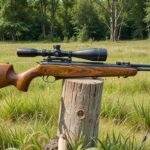Summer is here, and you know what that means: it’s fire pit season. In recent years, backyard fire pits have exploded in popularity, because let’s be honest: what’s better than sitting around a warm fire on a cool summer night while roasting marshmallows for s’mores? Nothing, that’s what. And if there’s one brand that can take the lion’s share of the credit for making home fire pits a thing, it’s Solo Stove.
Solo Stove’s popularity can be attributed to a number of factors. Its fire pits are ruggedly-built, well-designed, easy to use and (mostly) portable. The brand’s trademark smokeless technology actually works, eliminating the most annoying thing about traditional fire pits and bonfires: the smoke that seems to constantly always be in your face no matter how hard you try to escape it.
The Texas-based brand offers a number of products outside of its core fire pit lineup, including pizza ovens, patio heaters, camp stoves and an array of accessories, but when most people say “Solo Stove,” they’re referring to fire pits. But there isn’t just one definitive fire pit made by the brand — Solo Stove makes a number of different models in various sizes to suit different needs and situations. So if you’ve been wondering about different Solo Stove sizes and wondering which of the brand’s fire pits to get, here’s what you need to know.
Table of Contents
What All Solo Stove Fire Pits Have in Common
Signature 360° Airflow: This is the defining feature of Solo Stove’s fire pits. It’s a proprietary ventilation system that uses a system of perforations throughout the fire pit to continually feed fresh oxygen to the base of the fire while simultaneously pumping superheated oxygen to the top of the flame. This results in both a hotter and more efficient flame and a near-total absence of smoke.
304 Stainless Steel Construction: Every Solo Stove fire pit, regardless of size, has the same general design made from 304 stainless steel. That makes them extremely durable and resistant to heat, while also keeping them relatively lightweight. Even the largest Solo Stove is technically portable (though you might need some help lugging it around).
Lifetime Warranty: Finally, every fire pit sold by Solo Stove is backed by a lifetime warranty against manufacturer’s defects. And even if your Solo Stove is damaged through your own misuse, the brand will still give you a 50 percent discount on a replacement.
Solo Stove Mesa
- Diameter: 5.1 inches
- Height: 6.8 inches
- Weight: 1.4 pounds
The smallest Solo Stove fire pit is the Mesa, which is designed to sit on a tabletop and stands just 5.1 inches tall on its included stand. But don’t let the diminutive size fool you: this is a Solo Stove fire pit, through and through. It features dual-fuel capabilities, meaning you can use either wood pellets or firewood — very tiny firewood — as fuel. Unlike other Solo Stoves, the Mesa is also available in a variety of colors other than plain stainless steel, including limited-time options that pop up now and then.
Given its small size, this isn’t the fire pit for the family to gather around in the backyard. It’s designed to live on a table, with a warming radius of just one or two feet. It’s ideal for a couple or to add a little ambiance to an outdoor meal.
Solo Stove Mesa XL
- Diameter: 7 inches
- Height: 8.6 inches
- Weight: 2.3 pounds
The Mesa XL is, as you may have deduced, a larger version of the Mesa. It’s two inches wider, roughly two inches taller and weighs about a pound more. But don’t let the “XL” give you the wrong impression. This is still a tabletop fire pit. It differs from the regular Mesa only in size and capacity. The XL holds up to 1,000 grams of pellets compared to the original’s 285-gram capacity, it has a burn radius of two to three feet and its burn time is 45 – 60 minutes rather than 30 – 45 minutes.
If the Mesa seems just a little too dainty for your needs, then you’ll likely be happy with the Mesa XL.
Solo Stove Ranger 2.0
- Diameter: 15 inches
- Height: 12.5 inches
- Weight: 15 pounds
Moving off of the table and onto the ground, we have the Solo Stove Ranger. Solo Stove positions the Ranger as its most portable full-size fire pit, as it’s large enough for a small group hangout but still light and small enough for a single person to easily tote around. As one of Solo Stove’s full-size fire pits, it features the brand’s easy-to-clean removable ash pan and can only be fueled with wood (unless you spring for the pellet adapter). It also includes a carrying case and works with a wider range of accessories than the Mesa, such as the Heat Deflector and Pi Fire Pizza Oven attachment (read our review of the Pi Fire here).
Solo Stove Bonfire 2.0
- Diameter: 19.5 inches
- Height: 14 inches
- Weight: 23.3 pounds
The Bonfire is Solo Stove’s flagship fire pit, and its most popular. In other words, it’s the right choice for most people. It’s large enough to live in your backyard at nearly 20 inches across, but also still light enough to take to the beach or campsite (like the Ranger, it includes a carrying case). It provides plenty of heat for a crowd and features all of the brand’s latest technology, like the removable ash pan. It also, given its popularity, has compatibility with just about every Solo Stove accessory.
Solo Stove Yukon 2.0
- Diameter: 27 inches
- Height: 17 inches
- Weight: 41.6 pounds
The Yukon is the fire pit for party people. It’s by far Solo Stove’s largest, measuring well over two feet across and weighing nearly 20 pounds more than the Bonfire. This means that it’s best suited to live permanently on your patio or in your backyard. Though it is technically portable, there’s no included carrying case and it’s awkwardly shaped and fairly heavy, so you’ll want help moving it. Since it’s the largest, the Yukon of course throws off the most heat of any Solo Stove fire pit, making it best suited for larger spaces and bigger crowds. Like the Bonfire and Ranger, the Yukon is compatible with a number of Solo Stove accessories.





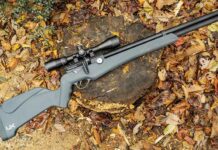
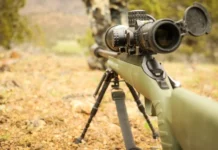

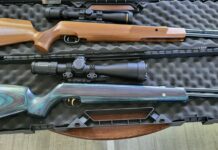
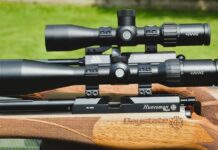
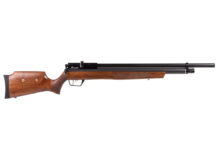

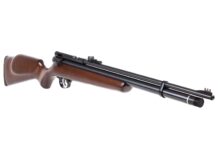
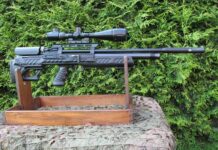
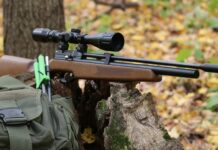
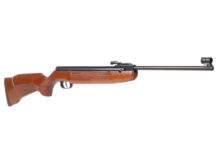

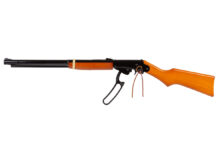
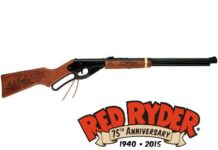
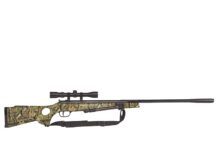
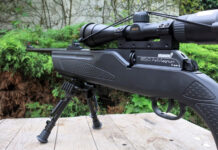

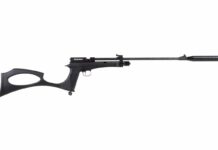
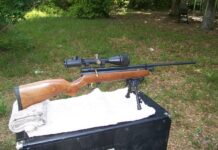

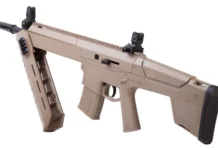
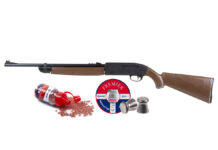

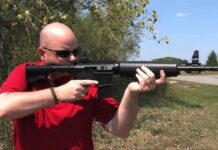
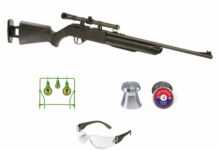
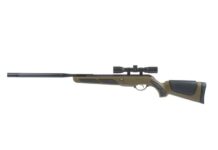
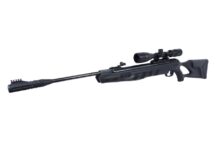
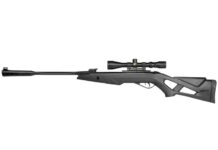
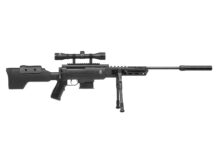
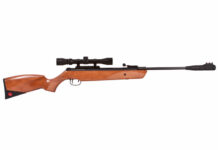










![Air gun 101: The differences between .177 & .22 – Which jobs they do best ? [Infographic]](https://airgunmaniac.com/wp-content/uploads/2024/11/1773-150x150.jpeg)

